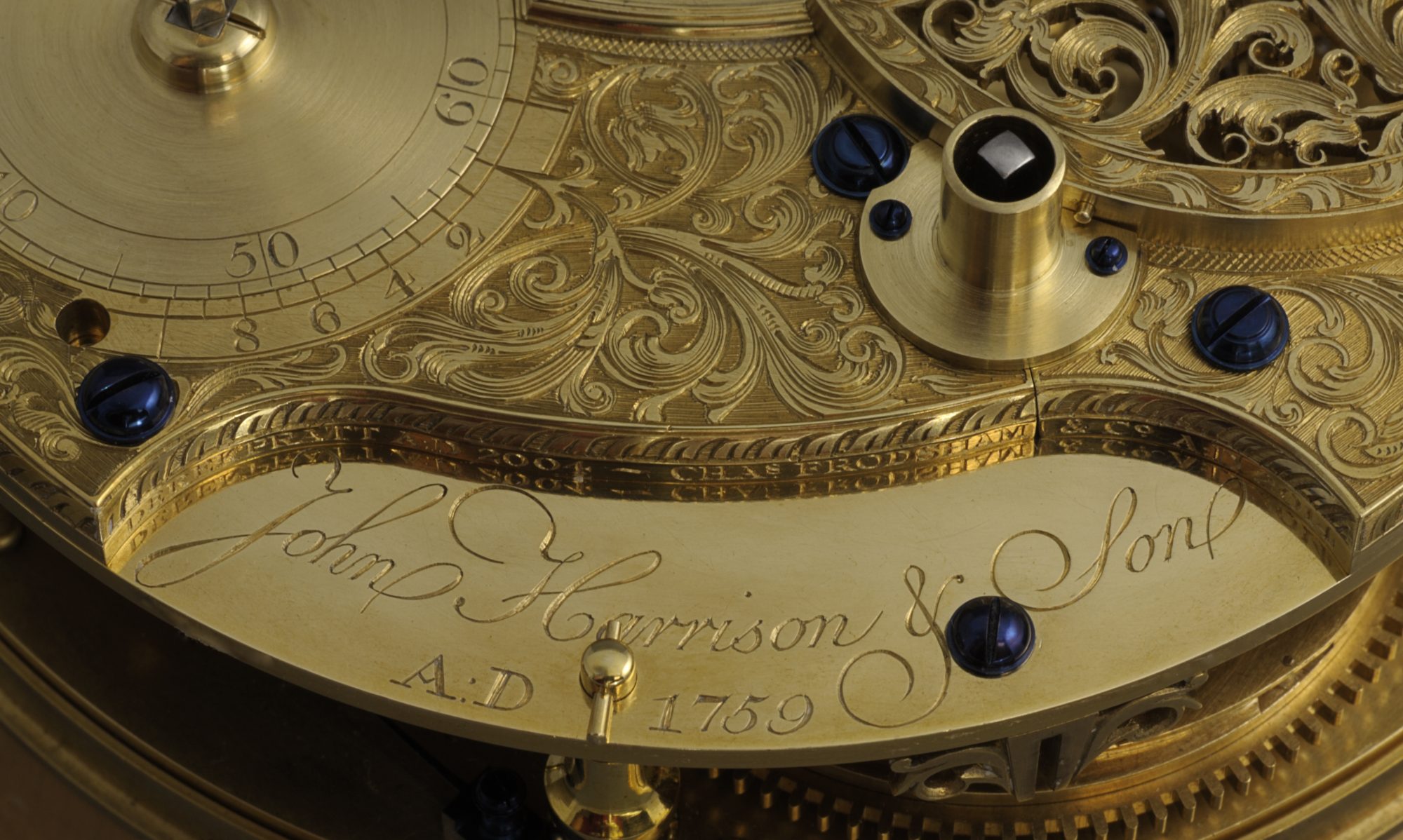6th July 2023
Robert Wren FBHI
Roland Jarvis.
His clocks and the conservation of his month Astronomical Regulator with Planetarium.
The Artist and Clockmaker once quoted, “I’m not working I’m playing”.
Roland was born in Hull but spent his early life in France, and by the age of 7 was enthusiastically making models from a gifted Meccano set. By 1951 he had trained at Kings College London, then entered the military as an engineer responsible for the radar workshop. A chance visit to an art exhibition in 1954, took Roland on another path, the world of art. He studied at Chelsea School of Art and was trained by, amongst others, Henry Moore and Ceri Richards. He was awarded a French government grant and not surprisingly the Cubist and Surrealist movements had a great influence on him. He did however say that if it was not for his grounding in engineering, he could not do the art he was famous for. In 1960, a dial clock re-sparked his interest of engineering in clocks, and by 1972, with basic hand tools, he had created his first clock signed, SIVRAJ LONDRA. Basing the design on a simplified Edwardian longcase, the upper part of the clock with an Orrey, of the sun, earth, and the moon. A fire in his London studio in the early seventies, meant Roland moved to Hastings, eventually moving into an old, converted chapel. This gave him the high spaces and light for his artwork which was conducted mostly in the summer months, leaving the winter for horology, in his smaller and warmer workshop, where interestingly he also had his bed. 1974, he now has a lathe and pursued making more complicated clocks. He inspirationally made punches to create the stars, in his planispheres, from rods, cut like pinions. Robert got to know Roland from the visits he made to his shop, from 1985 till 1995. Robert even recounting the “Happy Days” of transporting Roland and one of his clocks, home from an exhibition at the Science Museum in his Ford Fiesta. Robert was well versed in recounting creation after creation as Rolands clocks became more and more complicated and was able to give us an insight as to how he was such a prolific maker. Parts often scavenged from old movements would be utilised in the construction of clocks, and for the making of sculptures, and the animated figures that Roland went on to make for his films. Robert was to say that often Roland would find the glass dome first, then design the clock to go underneath it. Throughout the 1990s the clocks became more and more ambitious with further complications and six month, or year duration. Now he was signing all his clocks, Jarvis Hastings, he was also senior tutor in drawing at Brighton Polytechnic, which became Brighton University. Rolands chief influencers in the design of his clocks were Antide Janvier, James Ferguson, Philipp Matthaus Hahn, Zacharie Raingo.
In 2017, Bonhams, held an auction with the more complicated astronomical clocks, a fine month going one with perpetual calendar has ended up in the Worshipful Company of Clockmakers gallery at the Science Museum. Robert and Johan ten Hoeve were responsible for the conservation of this complex complicated clock before its installation in the gallery. Robert kindly took us through many photographs detailing the complexity of the Astronomical dial and the movement.
We thanked him in the customary way with a bottle of clock oil.
-Duncan Greig.
Doors open at 19:30, Starting 20.00 hours.
The meeting will be held at The White Hart Barn in Godstone.
THE WHITE HART BARN (Godstone Village Hall)
GODSTONE
SURREY RH9 8DU
7.30pm for 8.00pm Start

